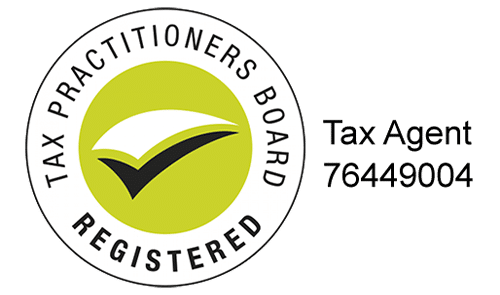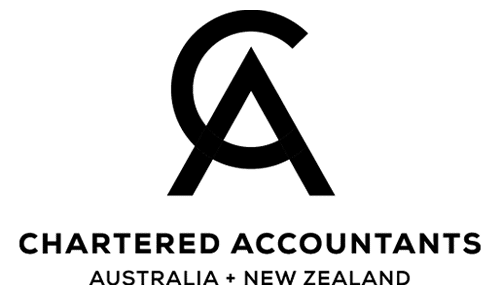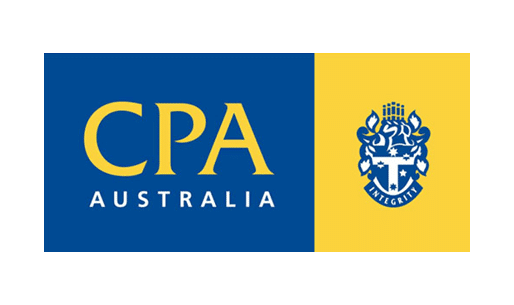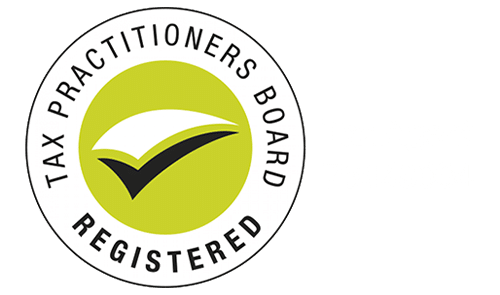Your chosen business structure has massive implications for your tax liability, asset protection and cost.
In Australia, there are four common types of business structures, each with their own benefits, obligations and liabilities. When starting or purchasing a business, it’s important to consider what structure best suits your goals and circumstances.
Sole trader
Sole trading is the simplest form of business structure, with typically one individual carrying out their own business.
A sole trader business is usually inexpensive and easy to establish, with few legal and financial formalities involved.
For tax purposes, there is no separation between the individual and the business. This means that the owner has total liability and no asset protection, with all profit of the sole trading business included in the owner’s taxable income. It also means that the owner has total control over the business, and has license to run the business in whichever way they see fit so long as they meet their obligations.
Sole trading is an attractive option for small or micro business owners, particularly for trades, contractors and online businesses, however risk and growth need to be monitored closely in case the structure is outgrown.
Company
A company is a business structure that is established as a separate legal entity. This essentially means the company functions as an individual, with the potential to incur debt and liability. Establishing a company can be a costly and expensive process, however there are more protections for high degrees of income variation and business risk.
A company is governed by directors but owned by shareholders. Company shareholders are not liable for company debt, however directors may be held liable If found to be in breach of their obligations according to the Corporations Act 2001.
The profit generated by a company belongs to the company, not the directors or shareholders, and the company is taxed on its income. There are many tax regulations and obligations specific to companies in relation to this, specifically in relation to funds drawn from company profits for director/shareholder benefit.
A company structure is a very popular model for medium and larger businesses.
Partnership
A partnership is a business structure made up of two or more individuals who share losses and income. There are different classifications of partnerships depending on how ownership is shared among the partners.
Establishment of a partnership is typically low-cost and simple, with few formalities required for set-up. Full control of the business is shared between the partners.
Similar to a sole trader, the partners that manage the partnership share total liability for business debts and obligations, with no formal asset protection. Profits and losses are distributed among the partners and are reported on their personal income tax lodgements.
Trust
Under a trust structure, a trustee oversees the business for the beneficiaries or owners of the trust. A trustee can be in the form of an individual or a company that is responsible for all income and losses of the trust. utilising a company as trustee will typically provide better asset protection for a trading business.
Like companies, trusts operate with a high degree of regulatory oversight, particularly from the ATO. It is always highly advisable to work with financial and legal professionals when establishing a trust. The trustee also has limited control due to both trust deed and strict legal regulation.
A trust is traditionally the typical business structure used with small/medium businesses and family businesses due to its flexibility in distributing income amongst family members with certain limitations.
Choosing the right structure
Each structure has upsides and downsides, with unique implications for asset protection, tax liability and regulatory oversight. When choosing a business structure, it’s important to consider these factors against your business strategy and risk tolerance. It’s also prudent to regularly review your business structure to ensure that it still aligns with business needs.
There are many complexities to business structuring, and it can be difficult to make the right decisions.
Optima Partners’ team of experienced business advisory accountants can help. We’ll provide personalised support and advice, helping you make the right decision for your business.


